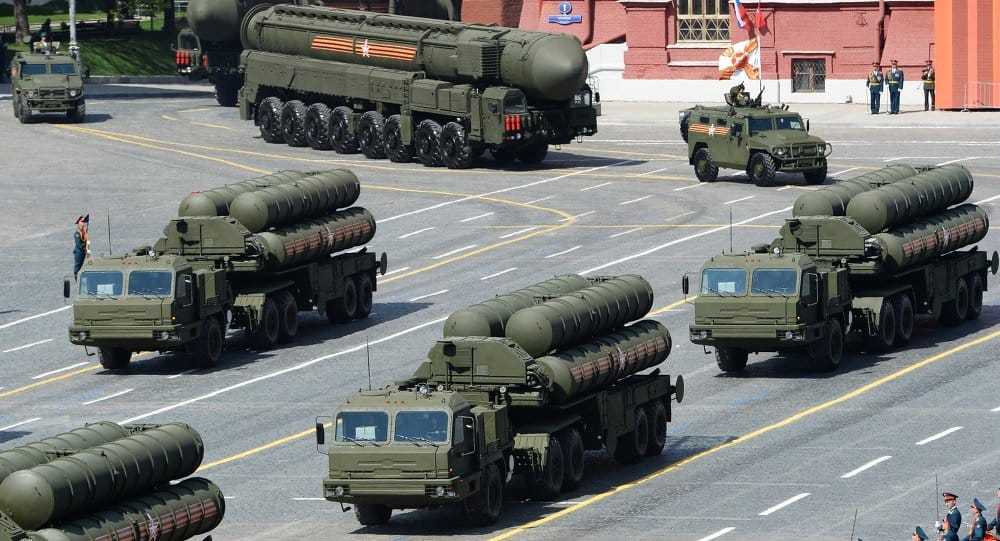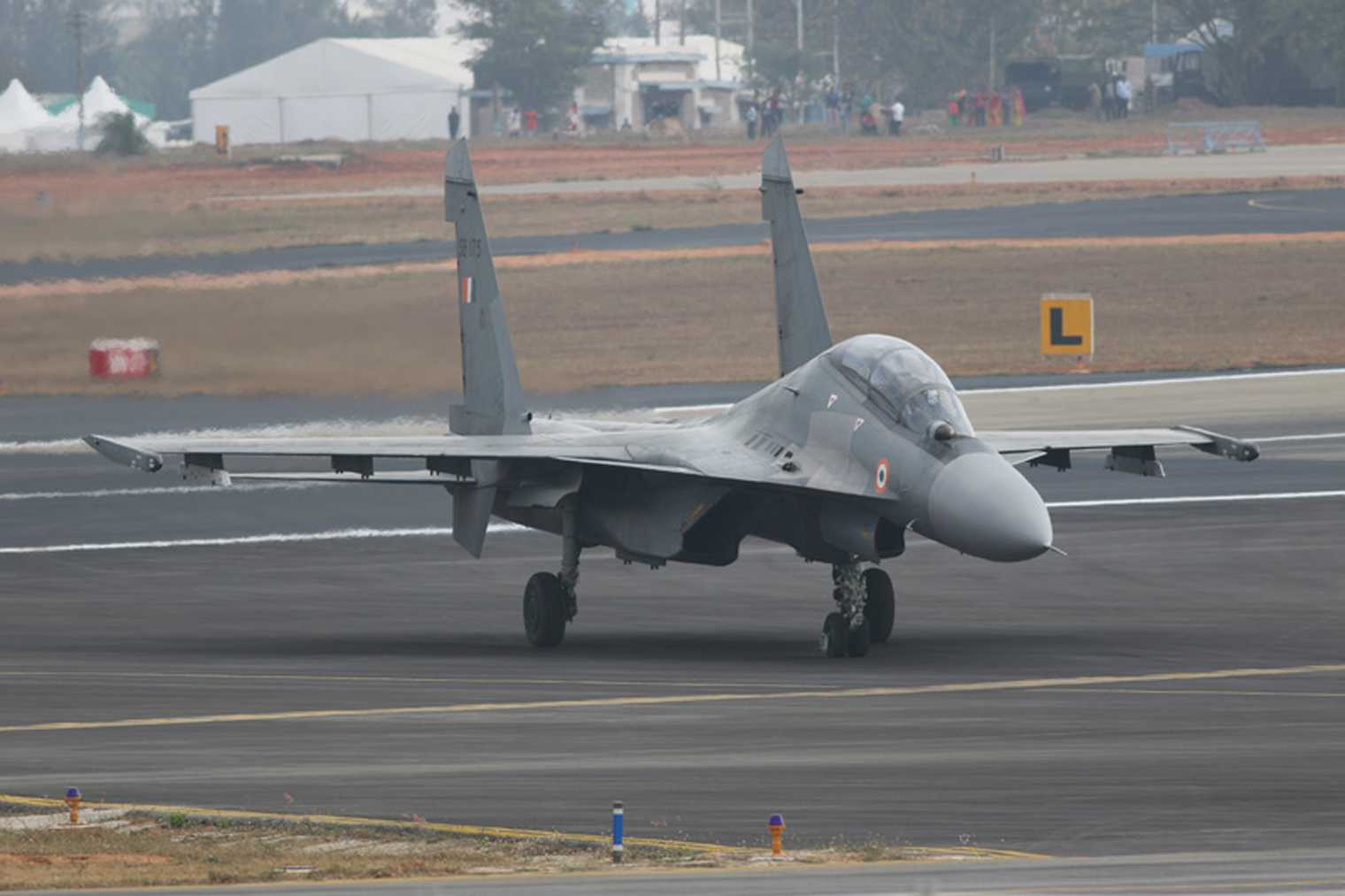New Delhi-Moscow Agree to Maintain and Repair S-400 “Triumf” System in India
In a development indicating the continued strength of defense ties between India and Russia, Moscow is likely to grant New Delhi the green light to conduct maintenance and repairs of the S-400 "Triumf" air defense system within India.
(DEFENCE SECURITY ASIA) — In a development indicating the continued strength of defense ties between India and Russia, Moscow is likely to grant New Delhi the green light to conduct maintenance and repairs of the S-400 “Triumf” air defense system within India.
If this cooperation between India and Russia materializes, a local Indian company will collaborate with Almaz-Antey, the Russian company that developed the highly regarded air defense system.
This partnership will oversee the maintenance and repair of the S-400 system in India.
Future collaborations may see the joint venture producing spare parts for the air defense system within India for use by the Indian military and potentially for export if demand exists.
This approach mirrors the Russia-India cooperation on the procurement of Su-30MKI fighter jets by New Delhi.
Building on direct acquisition of Russian-made fighter jets, India, through Hindustan Aeronautics Ltd (HAL), has assembled hundreds of these jets domestically and now produces spare parts for both domestic use and export.

According to local Indian media reports, negotiations between an unnamed Indian company and Almaz-Antey are nearing completion.
Both Russian and Indian companies plan to establish two maintenance centers and begin producing spare parts for the S-400 air defense system by 2028.
Discussions to establish these maintenance centers and production facilities in India began in 2019, initiated by ROSTEC CEO Sergey Chemezov.
India has been actively operating the S-400 air defense system for the past two years.
Despite facing the threat of economic sanctions under the U.S. CAATSA (Countering America’s Adversaries Through Sanctions Act), India signed a $5 billion agreement with Russia in 2018 to procure the S-400 system.
India insisted on acquiring the S-400 from Russia, deeming it a cost-effective and efficient air defense solution.

The Moscow-New Delhi agreement covers the acquisition of five squadrons of the S-400 air defense system, along with 6,000 missiles, with deliveries scheduled between 2023 and 2024.
CAATSA, enacted by the U.S. in response to Russia’s 2014 annexation of Crimea and alleged interference in the 2016 U.S. presidential election, imposes economic and military sanctions on any country purchasing weapons from Russia.
In March this year, Russia announced a delay in delivering the final two squadrons of the S-400 “Triumf” to India due to increased demand resulting from the Ukraine conflict.
The last two squadrons will now be delivered in 2026, rather than 2024 as initially planned.
Russia delivered the first three squadrons of the S-400 air defense system in early 2023, and these units are fully operational in key sectors along India’s borders with Pakistan and China, including the Punjab sector.

The Ukraine conflict caused delays in the S-400 deliveries as Moscow prioritized its own military needs, requiring more S-400 systems to defend its airspace against Ukrainian attacks.
The S-400 system can engage targets up to 400 kilometers away and is reported to be highly effective against aircraft and cruise missiles.
Rosoboroexport CEO Alexander Mikheyev stated that the long-range S-400 air defense system outperforms Western-made systems. Mikheyev highlighted the S-400’s exceptional capability to counter ballistic and aerodynamic missiles in actual combat conditions, with the ability to intercept ballistic missiles from 60 kilometers away and other aerial targets, such as fighter jets, from 400 kilometers away.
The S-400’s unique features include its anti-aircraft missiles, such as the 48N6E3, which can tackle both ballistic threats and aerodynamic targets at various altitudes.
The S-400 radar system can detect and track aerial targets up to 600 kilometers away. — DSA



Comments are closed.